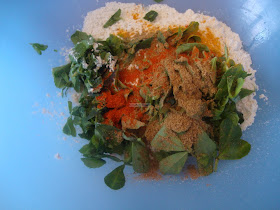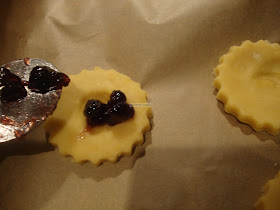Peerkangai
Thokku (Ridgegourd Curry/Turiya/Turai curry)
After our relocation more inland, it has been easier to get rid of
Indian vegetables. Although we eat many of the ‘english’ vegetables, I do seek
comfort in cooking and eating the veggies I grew up eating. One such was
ridgegourd. Ridgegourd is rich in fibre and also said to have cooling
properties. It is supposedly rich in vitamin C, making it good for our immune
system and also rich in other minerals like manganese, magnesium, zinc. I was
looking for ridgegourd recipes and came across a number of different versions
of the ‘thogayal’ made with the peel of this goody. My grandmom makes it too
and I will post that recipe sometime. Long story short, I did not see recipes
that suggested the use of the inside of the vegetable (apart from the stuffed
ridgegourd I had posted earlier). However, the good this about this recipe is
that it uses the skin and the flesh and that means you do not have to spend
time peeling the vegetable, but you can also get to consume the goodness from
the skin. My husband does not usually like something like a thokku, so I made
it slightly runny to make it seem like sambar and told him it was in between
sambar and vegetable on the side and so pleased it went down well. This recipe
is a keeper! Here it is for you to try...
1 ridgegourd, sliced thinly with skin
5-6 pearl onions, chopped
2 large tomatoes, chunkily chopped
1 teaspoon mustard seeds
1 teaspoon urd dal
1 teaspoon sambar powder
Asafoetida
Turmeric powder
3 green chillies, slit
Few curry leaves
4 cloves garlic, finely sliced
½ teaspoon tamarind extract
Salt to taste
Cooking oil, preferably gingelly oil
Heat some oil and add mustard seeds, urd dal, asafoetida and turmeric
powder
Once the seeds splutter, add the onions, green chillies, garlic and curry
leaves and cook for couple of minutes
Add the tomatoes and cook for another couple of minutes
Add the ridgegourd slices and required salt, some water and cook
covered until ridgegourd is cooked. You may need to add water every now and
then and stir every now and then
Add the tamarind paste and cook for couple of minutes
Add the sambar powder, required water and cook until raw smell goes
away
Depending on how thick or runny you like it to be, add more water or
wait to reduce further
Serve with rotis or rice





















































